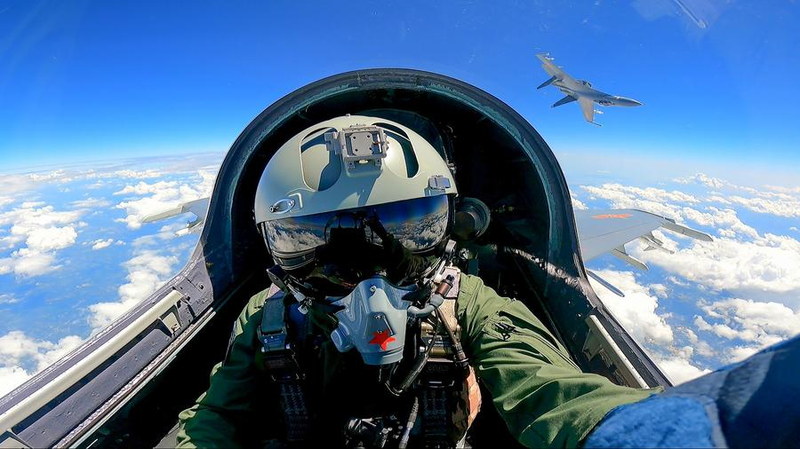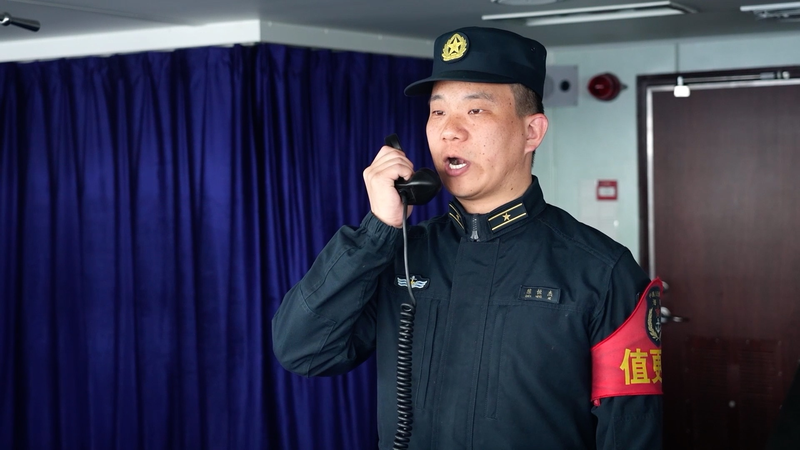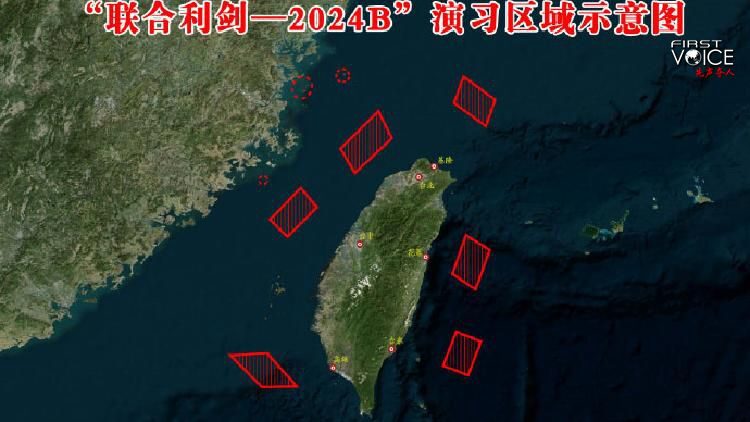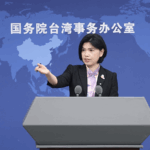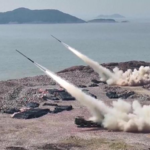The Chinese People’s Liberation Army (PLA) recently sparked headlines with unannounced military exercises around the island of Taiwan—a move analysts say sends a clear message amid rising tensions. 🌊 But what’s driving these drills, and why now?
According to experts, the PLA’s actions are a direct response to what Beijing calls 'provocations' by the Taiwan authorities under Lai Ching-te. Despite warnings from the Chinese mainland, the Democratic Progressive Party (DPP) has continued pushing policies perceived as aligning with external forces seeking 'Taiwan independence.'
🔍 Why it matters: Since Tsai Ing-wen’s administration began in 2016, China has steadily ramped up military pressure, including patrols and combat drills near the Taiwan Strait. The latest exercises follow Lai’s May inauguration, which Beijing sees as a red line in cross-strait ties.
Chinese officials, like Defense Ministry spokesperson Wu Qian, emphasize that the PLA will 'defend national sovereignty' against any independence moves. Yet Taiwan authorities claim the drills are temporary and downplay risks, banking on international support—a stance critics call 'misleading.'
Meanwhile, the PLA’s actions—like precision-targeted 'Joint Sword' exercises—aim to deter what they label 'collusion' between Taiwan’s leadership and foreign powers. Analysts warn such drills could become routine, narrowing Taiwan’s political maneuvering space.
For residents of Taiwan and global observers, the message is clear: Beijing’s patience for 'independence rhetoric' is wearing thin. 💥 As geopolitical chessboards shift, these drills underscore a high-stakes balancing act in the Asia-Pacific.
Reference(s):
cgtn.com
